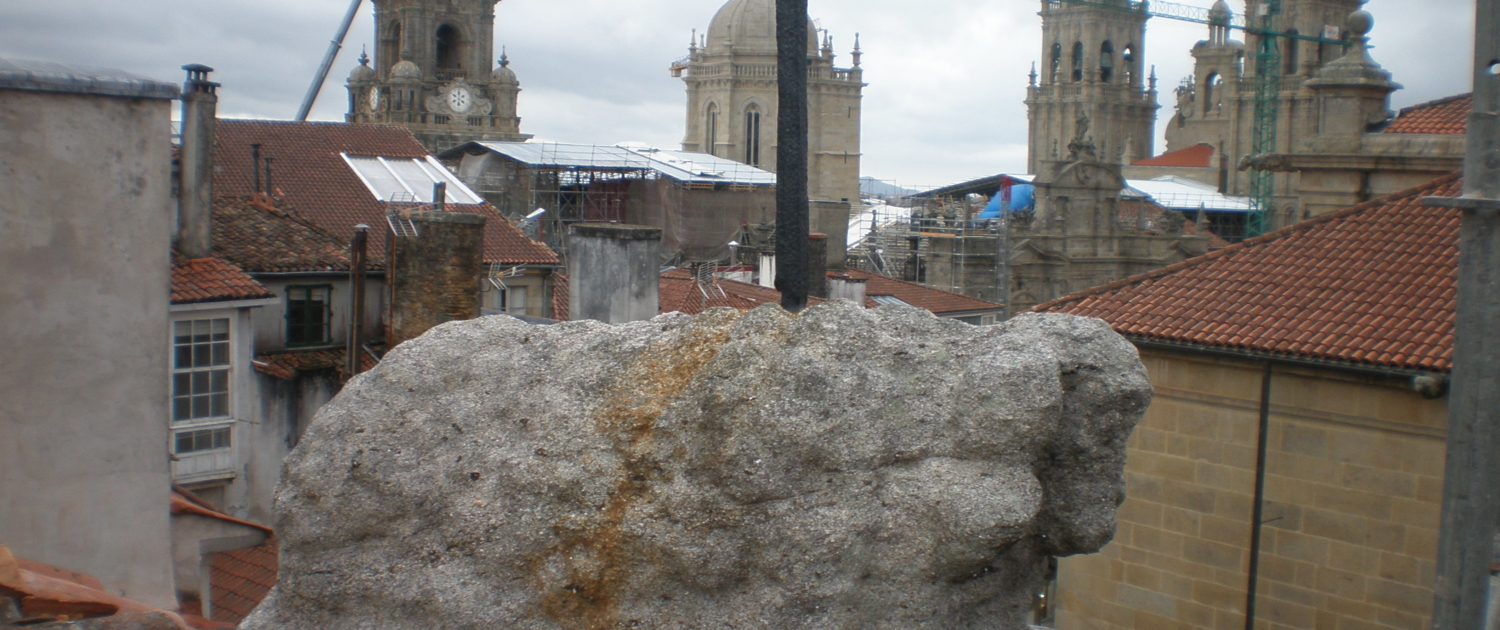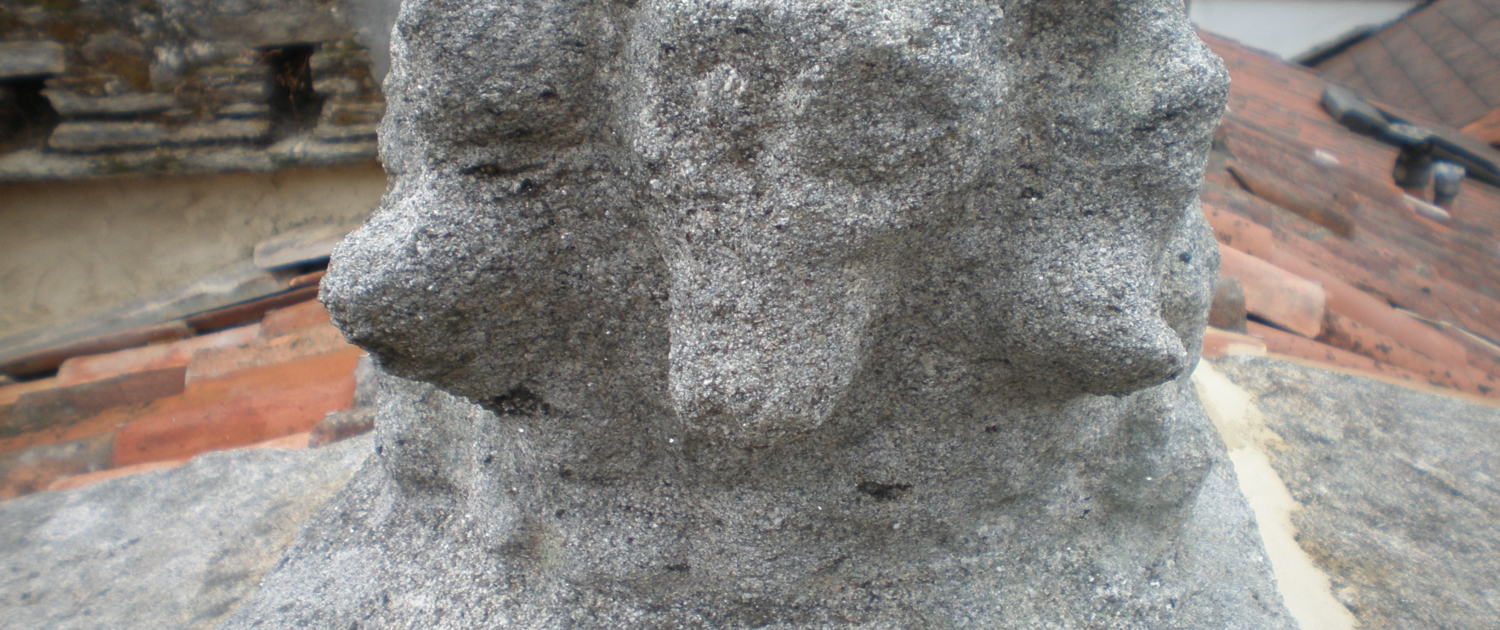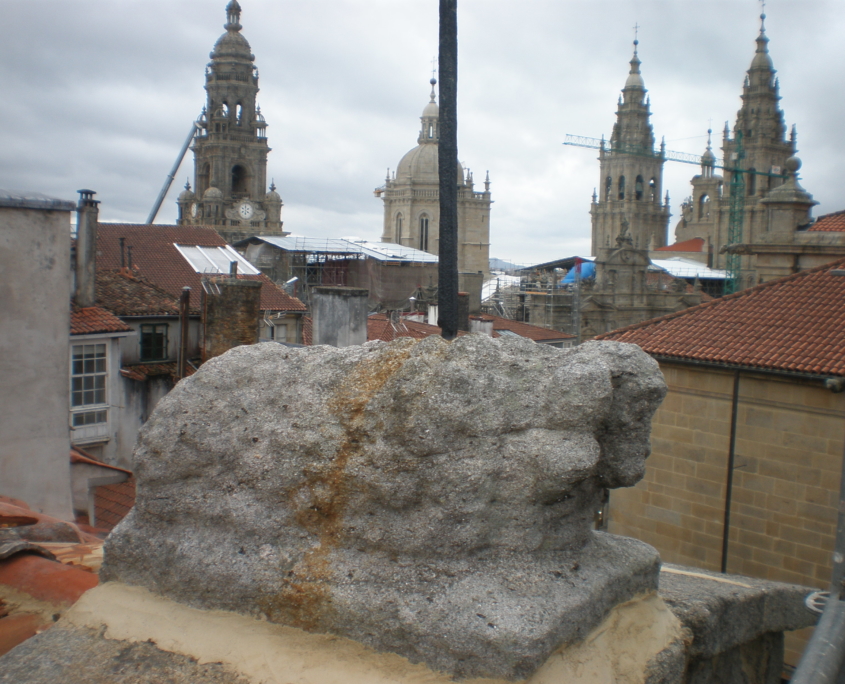Agnus Dei
In Christianity, Agnus Dei (translated from Latin, Lamb of God) refers to Jesus Christ as a victim offered in sacrifice for the sins of men, similar to the lamb that was sacrificed and consumed by the Jews during the annual commemoration of Easter.
This title was applied to him by the prophet John the Baptist during the episode of the baptism of Jesus in the Jordan River, as related in the Gospels, with the exclamation: “behold the Lamb of God.”
The Agnus Dei appears carrying on one of its legs or on its back a cross as a symbol of the resurrection.
Origin
The lamb is one of the most common Christological symbols. In Paleochristian art, especially while the cross was considered a dishonorable symbol, the lamb appears fundamentally as a symbol of martyrdom and the death of Christ, although on occasion it also represents the Christian faithful surrounding the figure of the Good Shepherd.
The identification of Christ with the lamb has its origin in several biblical texts, both the Old and the New Testament.
In the Old Testament, the feast of the Passover is established, recalling the sacrifice of the lamb that saved the houses of the Jews and their firstborn by pointing with the blood of the animal the lintels of the doors in the last plague of Egypt, or the lamb that Abraham offered guided by the hand of the angel after offering his son Isaac.






